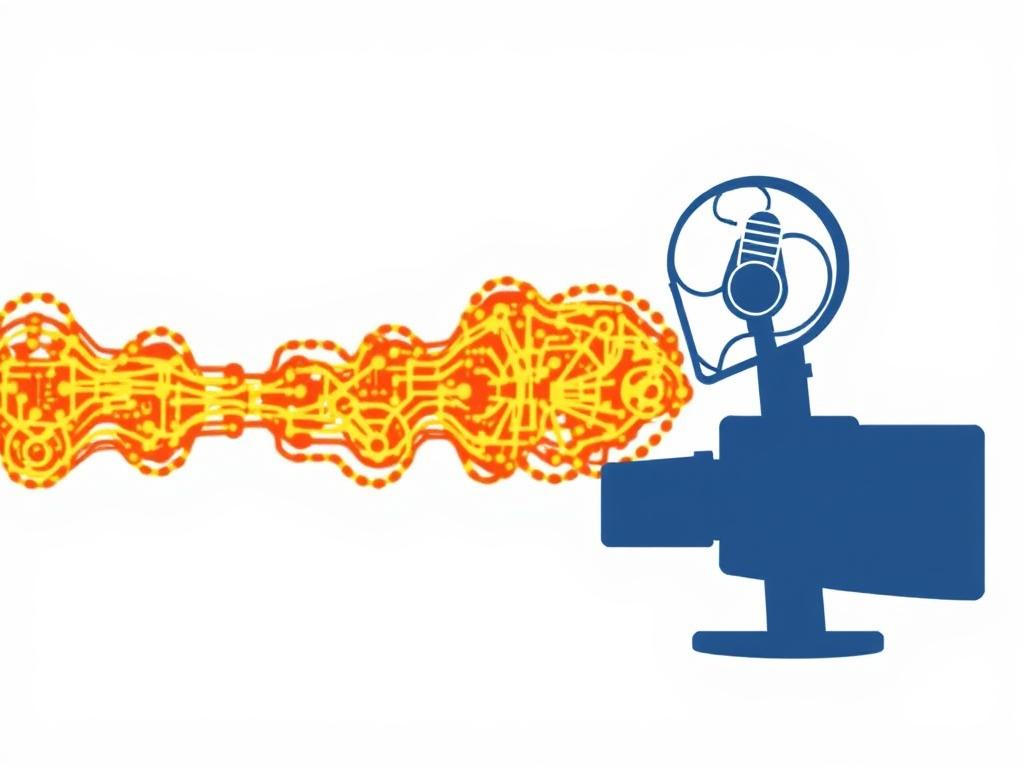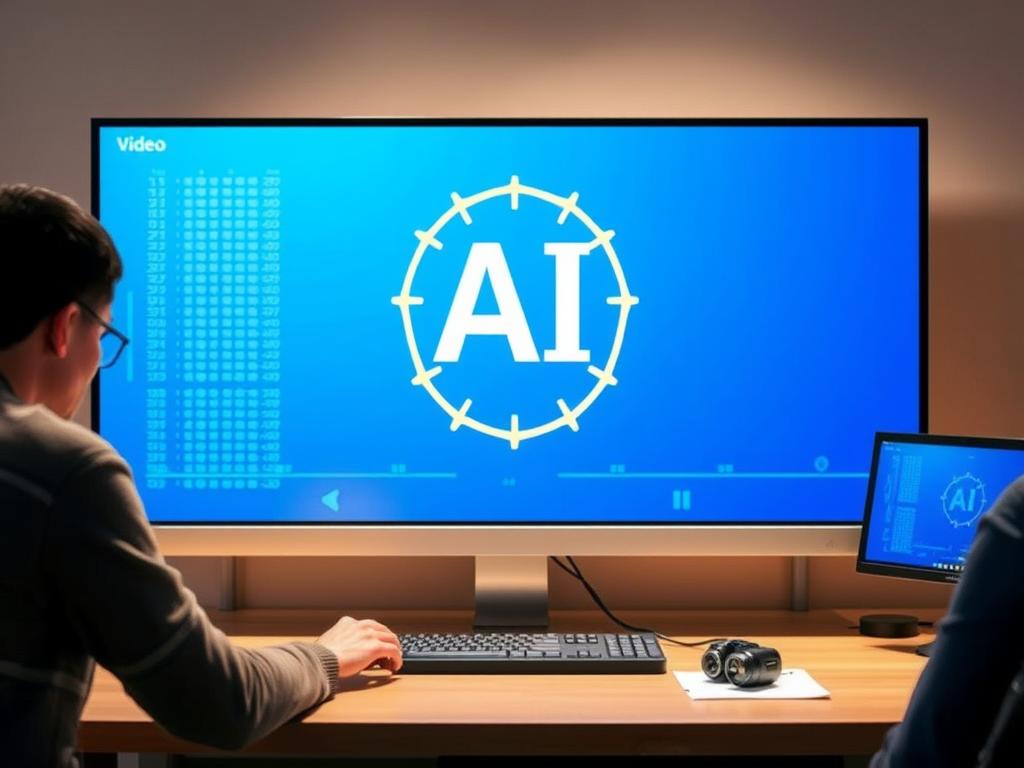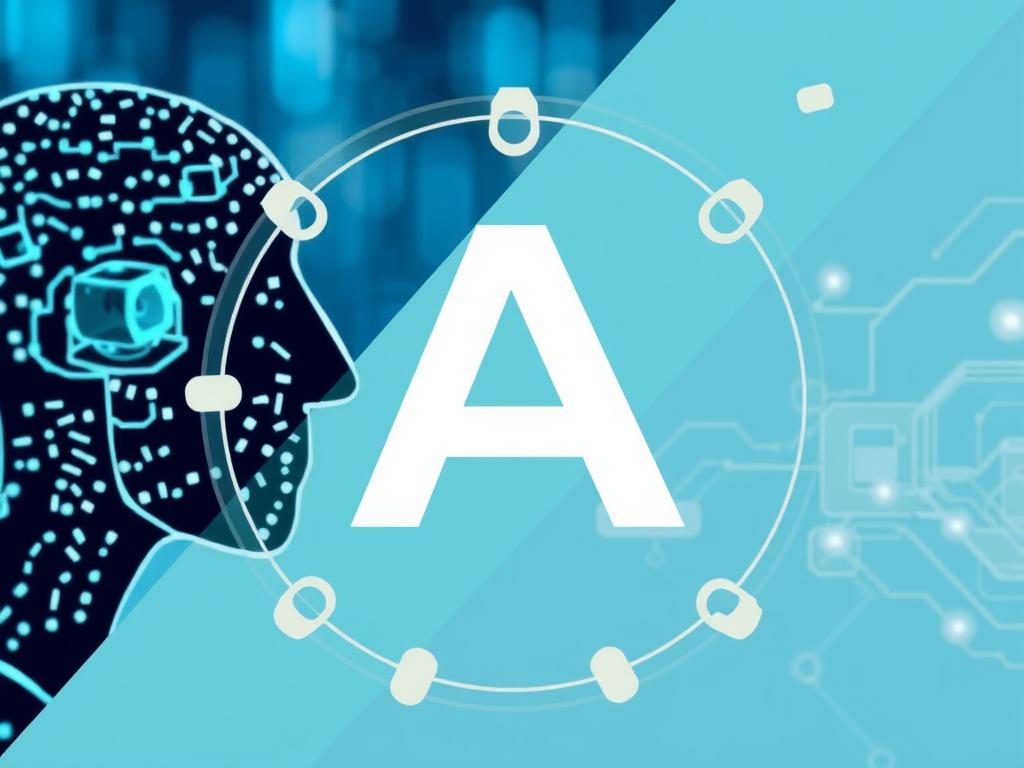Video content has become an integral part of our daily lives, from streaming movies on platforms like Netflix and YouTube to participating in video calls and virtual events. Yet, what often goes unnoticed is the incredible technology working behind the scenes to make these videos accessible, smooth, and efficient — video encoding and compression. Recently, artificial intelligence (AI) has found a pivotal role in transforming how video encoding and compression are performed, pushing boundaries in quality, speed, and adaptability.
Understanding Video Encoding and Compression
Before diving into the impact of AI, it’s crucial to understand what video encoding and compression actually mean. Simply put, video encoding converts raw video data into a format that can be easily stored, transmitted, and played back on various devices. Compression, meanwhile, reduces the file size of videos without sacrificing much quality. This makes it practical to stream videos over the internet or save them on limited storage devices. The challenge is to strike the perfect balance: compress too much, and video quality suffers; compress too little, and file sizes become huge and inefficient.
Traditional video encoding methods, like H.264 or HEVC (H.265), rely on algorithms designed with fixed rules for compressing videos. These methods scan video frames, detect redundancies, and then encode the video by removing or approximating less necessary information. While efficient, these approaches still face limitations in adaptability and sometimes struggle with complex video sequences or varying network conditions.
How AI Enters the Picture
Artificial intelligence, especially machine learning (ML) and deep learning, offers a new approach. AI algorithms learn from huge amounts of video data, identifying patterns and optimizing compression strategies dynamically. What does this mean in practical terms? AI-powered video encoding can better understand the content of a video, such as identifying motion, textures, or less important visual areas, and can then allocate compression resources intelligently.
For example, AI can apply higher compression to parts of a video that are less visually important — like background details — while preserving quality in the focal areas, such as a person’s face or key objects. This content-aware compression results in higher visual quality at lower bitrates, significantly improving the user experience, especially on low-bandwidth connections.
The Evolution of AI-Powered Video Encoding Techniques

Several AI techniques have been making waves in video encoding nutrition:
- Neural Codec Algorithms: These use neural networks to learn an efficient way of encoding videos, sometimes outperforming traditional codecs by creating highly optimized representations.
- Super-Resolution Models: AI can enhance the quality of compressed videos by reconstructing higher-resolution frames from lower-resolution ones, allowing more aggressive compression without perceptible loss in sharpness.
- Content Analysis and Prediction: Machine learning models can predict motion and texture changes across video frames and optimize encoding accordingly, reducing redundant data.
- Adaptive Bitrate Streaming: AI can dynamically adjust video quality based on network conditions and viewing devices, ensuring smooth playback even when bandwidth fluctuates.
Benefits of Integrating AI in Video Encoding and Compression

The introduction of AI significantly enhances traditional compression processes with a variety of benefits, such as:
| Benefit | Description |
|---|---|
| Improved Compression Efficiency | AI methods achieve higher compression rates while maintaining or even improving video quality, reducing bandwidth usage. |
| Faster Encoding Times | With AI, many encoding processes can be automated and accelerated, saving time in content production and streaming pipelines. |
| Enhanced Visual Quality | AIs can reduce common artifacts in compressed videos and improve perceptual quality, especially at low bitrates. |
| Adaptive Streaming | AI supports real-time adaptation of video streams, optimizing viewers’ experiences by adjusting bitrate based on their internet conditions. |
| Energy and Cost Savings | Smaller file sizes and optimized encoding can lower storage costs and reduce the energy required for data transmission. |
Challenges and Considerations
Despite the promise, implementing AI in video encoding and compression isn’t without challenges. Training AI models requires substantial computational power and huge datasets, which can be resource-intensive. Furthermore, integrating these models into existing video delivery systems demands expertise and careful tuning. There are also questions about the interpretability of AI decisions and ensuring consistent encoding quality across diverse content types.
Another important aspect to consider is compatibility. Many client devices and platforms rely on standardized codecs, so AI-enhanced methods must work within, or alongside, these formats until widespread adoption occurs.
Future Trends: What’s Next for AI in Video Compression?
As AI research advances, we can expect exciting trends that will continue to transform video encoding:
- Personalized Video Compression: AI may tailor compression settings to individual device capabilities and user preferences, providing a customized viewing experience.
- Real-Time AI Encoding: With improved processing speeds, AI could enable live encoding and compression at scale, perfect for live streaming and video conferencing.
- Integration with Edge Computing: Encoding powered by AI can move closer to the user’s device, reducing latency and network load.
- Cross-Modal Optimization: AI might combine video compression with enhancements in audio and metadata, resulting in a holistic quality boost.
The continued synergy between AI and video technology is likely to redefine how we create, store, and consume visual content in the years to come.
Popular AI-Powered Video Encoding Tools and Platforms

For those interested in exploring AI-driven video encoding, here are some tools and platforms making strides in the field:
| Tool/Platform | Features | Use Case |
|---|---|---|
| Google’s DeepMind Codec Research | Neural video compression algorithms designed to surpass traditional codecs | Research and experimental video compression |
| Netflix’s AI Encoding Pipelines | Machine learning for content-aware optimization and adaptive streaming | Streaming video at scale with high quality and efficiency |
| Bitmovin | AI-enhanced encoding combined with real-time quality metrics | Video streaming and OTT platforms |
| V-Nova PERSEUS Plus | AI-powered compression tech improving bandwidth efficiency | Broadcast and streaming services |
How You Can Benefit from AI in Video Encoding
Whether you are a content creator, streaming platform developer, or just a passionate user, understanding the role of AI in video encoding and compression is valuable. Content creators can leverage AI-based encoding to deliver high-quality videos easily without worrying about huge file sizes. Streaming services can maintain exceptional quality for their users while lowering infrastructure costs. Even everyday users on mobile or limited-bandwidth networks enjoy smoother video experiences thanks to AI-driven techniques happening behind the scenes.
Conclusion
In sum, the role of AI in video encoding and compression is revolutionizing the digital video landscape. By intelligently analyzing content and optimizing compression dynamically, AI enhances video quality, speeds up encoding times, and reduces bandwidth consumption like never before. Although challenges remain, the ongoing improvements and innovations make it clear that AI will be a cornerstone technology in how we encode, compress, and consume video content in the future. Whether you’re streaming your favorite movie or joining a video call, AI’s influence ensures a seamless, enjoyable visual experience that continues to evolve at an exciting pace.